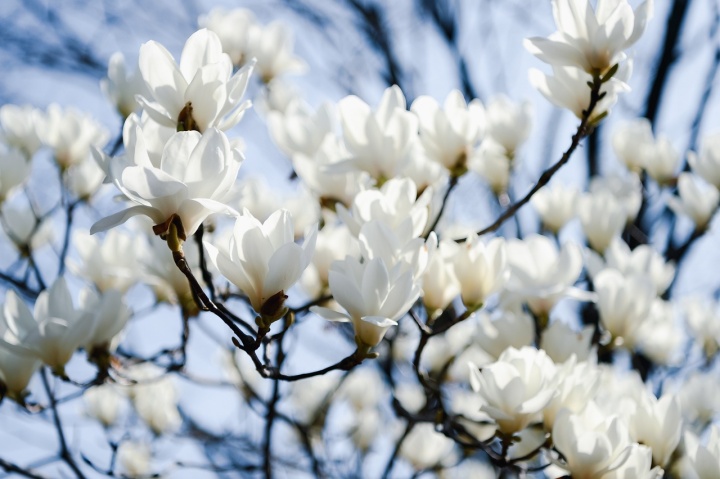

Preparing the Garden for the New Season
Removing Winter Waste and Weeds
Winter waste in the garden is like the reminder of a bad haircut—it just needs to go. Clean it up and send the weeds a clear message: "There's no room for you here!"
Tilling and Fertilizing
Preparing the soil is like kneading dough before baking—it makes all the difference. Loosen the soil, fertilize it, and prepare it so your plants are as happy as a dog in the park.
Planning and Selecting Plants
Determining the Location and Soil Conditions
Choosing the right location is like finding the perfect spot for your favorite plant—it will thank you. Look around, check the soil, and figure out where your plants would prefer to live.
Selecting Suitable Plants for the Garden
Selecting plants is like putting together a good team—everyone should get along well. Choose plants that complement each other and add that special something to your garden.
Care and Maintenance of Beds and Lawns
Pruning Shrubs and Trees
Pruning shrubs and trees is like getting a haircut—it helps keep them looking healthy and well. Give your plants a trim, and they'll happily sprout again.
Lawn Care and Dethatching
Lawn care is like giving your lawn a daily shower—it keeps it fresh and well-groomed. Mow, aerate, and fertilize your lawn so it shines like a freshly polished paint job.
Optimizing Irrigation Systems
Checking Irrigation Systems
Checking irrigation systems is like servicing your car—it ensures everything is running smoothly. Check your irrigation systems for leaks and functionality so your plants get the water they need.
Adjusting Watering Times and Amounts
Adjusting watering times and amounts is like fine-tuning a musical instrument—it should be perfect. Find
the ideal balance between watering time and amount to keep your plants happy and thriving. Check your plants regularly for signs of pests, such as holes in the leaves or cobwebs. If infestation occurs, you can use environmentally friendly pest control methods to protect your plants.
## Natural Pest Control Methods
Natural pest control methods are not only effective but also environmentally friendly. For example, plant insect-repellent plants like lavender or marigolds next to your vegetable beds. Attracting natural enemies of pests, such as ladybugs or birds, can also help keep your garden ecosystem balanced.
# Garden Design and Decoration
## New Ideas for Garden Furniture and Decorative Elements
Bring a breath of fresh air to your garden with new garden furniture and decorative elements. Whether rustic with wooden furniture or modern with metal and glass – choose pieces that reflect your style and enhance your outdoor space. Complement with decorative elements like wind chimes, birdbaths, or solar lights for a personal touch.
## Creating Beds and Themed Gardens
Play with different bed shapes and sizes to add structure and variety to your garden. Create themed gardens like an herb garden, a butterfly garden, or a Mediterranean garden to create a special atmosphere. Combine flowers, herbs, and vegetables cleverly to create a harmonious overall look.
# Sustainable practices and ecological approaches
## Composting and recycling in the garden
Close the loop in your garden by composting kitchen scraps and garden waste. Use compost as a natural fertilizer to nourish your plants and improve the soil. Recycle materials like rainwater to conserve resources and reduce your ecological footprint.
## Use of natural fertilizers and pesticides
Avoid chemical fertilizers and instead rely on natural alternatives such as compost, plant manure, or herbal extracts. These provide your plants with essential nutrients.
